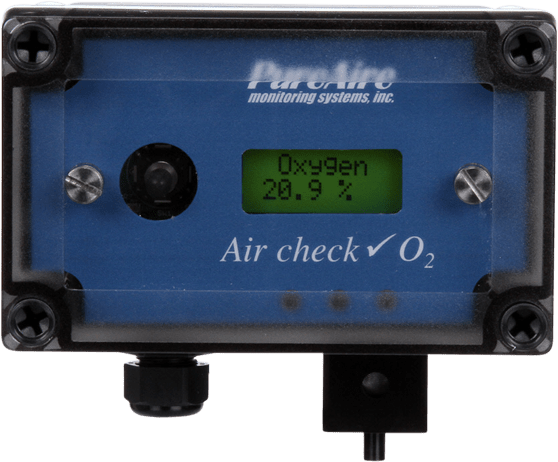Medical and Hospital Gases

Hospitals, pharmaceutical companies, and medical labs rely on inert gases including nitrogen, CO2, and oxygen.
In a hospital setting, for instance, nitrogen quickly destroys tissue and also preserves blood and tissue for critical operations. With tissue growth — for instance, when growing new skin for a burn victim — it is important to maintain a sterile atmosphere so bacteria does not grow on the tissue culture. Nitrogen helps to flush oxygen from the culture, keeping the tissue safe from bacterial contamination.
Helium chilling property comes into play with magnetic resonance imaging (MRI) machines. The magnets in machines can overheat if they are not properly chilled. Helium gas is an easy, cost-effective way to cool the magnet; however, accidents can occur with a leak or quenching of the magnet. In 2000, an MRI technician was killed when Helium escaped from the closed magnet.
While these gases enable everything from research and development to lifesaving operations, there is danger in working with inert medical gases. Gas cylinders and dewars (Specialized type of vacuum flask used for storing cryogens (such as liquid nitrogen or liquid helium) must be stored properly to maintain safety and are at risk of rupture, leaking gas into the medical facility. When nitrogen gas leaks, it displaces oxygen — and can lead to a room with oxygen-deficient air.
The gases stored inside dewars are kept under pressure, which means that impact could render the tanks more susceptible to an explosion. If a gas such as carbon dioxide or nitrogen were to leak from its tank, it would start to displace oxygen; eventually, people breathing the air would suffocate. Since these gases lack both color and odor, there is no way that employees would be able to detect a leak using their senses. The best way to tell whether there’s a leak is by using a oxygen deficiency monitor.
Oxygen monitors sample oxygen levels, sounding an alarm if levels drop below safe thresholds, meaning that employees would be at risk. By placing one of these monitors anywhere specialty gases are stored or used — for instance, in the storage area to monitor dewars, in the MRI room, and in operating rooms — you can reduce risk and protect the public health.
Doctors, researchers, and technicians in hospitals, pharmaceuticals, and medical settings are extremely busy. There’s little time to worry about maintaining tools like the oxygen sensor. For this reason, it is important to have a reliable piece of equipment that performs as needed without requiring time-intensive calibration or maintenance.
That’s why PureAire’s oxygen monitor is ideal for use in medical settings. Paired with a zirconium sensor, it performs reliably for 10 or more years with none of the calibration or maintenance required by other brands. The combination of low maintenance and durable construction make this oxygen monitor a clear winner in pharmaceutical and medical environments.
PureAire’s oxygen sensor provides steady readouts in temperatures as low as -40C and does not change with barometric pressure shifts. The unit can be mounted on the wall where it’s in clear sight of facility staff or used in confined areas, like freezers paired with a remote display. Employees can check oxygen levels on the digital display or rest assured that, if a leak arises, the 90-decibel alarm and flashing lights will provide sufficient notification to vacate the premises. PureAire offers a 3-year warranty on every oxygen monitor.
OSHA regulations require that medical facilities not only use oxygen monitors but educate employees about the health risks of medical gas leaks and post signs anywhere medical gases are used. Protect your medical facility and hospitals and deliver peace of mind to employees who work with medical gases by investing in industry leading O2 monitors today. Browse O2 monitors today.


